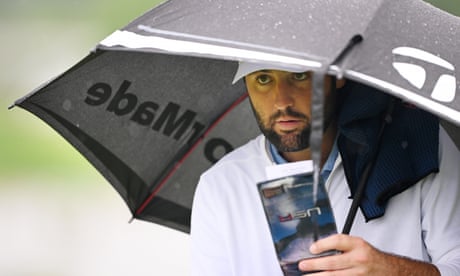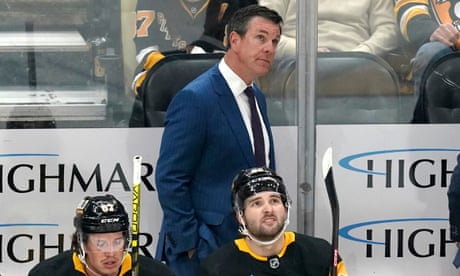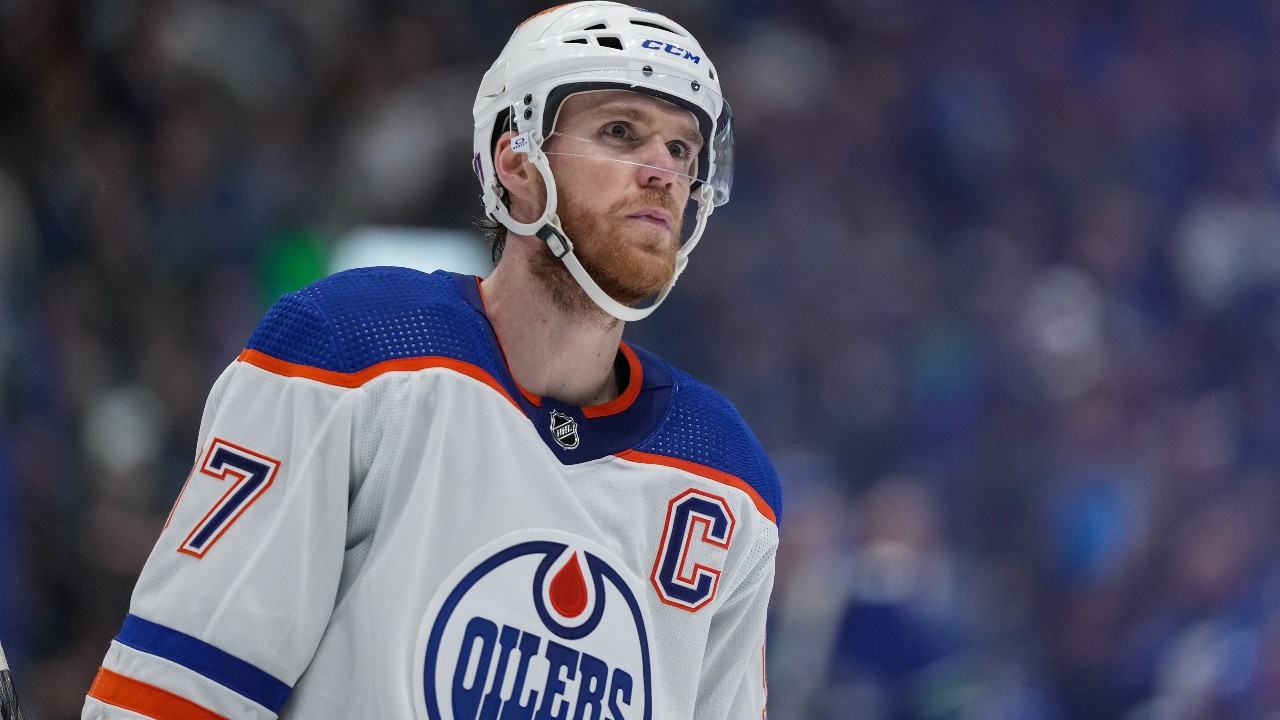
TORONTO – The seemingly consensus expectation of yet another slow-burn off-season in baseball, perhaps even more so than in recent years given the pandemic-related uncertainties, is understandable. Everything from when the 2021 campaign starts, to how many games it will feature and whether fans will be allowed in the stands is up in the air, in turn making financial projections and budgeting processes like chasing the finish line on a treadmill.
Couple that with the expected barrage of arbitration-eligible players who won’t be tendered contracts by the Dec. 2 deadline, further inflating the pool of available talent, and even clubs with money to spend have reason to wait things out in the hopes of gaining more leverage.
For an industry that, generally speaking, likes to use the pressure of a deadline to force decisions, the early bet after free agency opened Sunday evening is for weeks of talk with little action. There may be reluctance from players and teams to lead the market, preferring instead to react after other deals establish a baseline.
Super fun.
Despite that, there’s a case to be made for acting aggressively, both for teams that narrow their focus to specific players, and for players to quickly take a good contract when it’s there rather than playing things out to try and squeeze out a little bit more money. These may very well become bird-in-hand times.
The Toronto Blue Jays, especially, have a chance to be especially opportunistic this winter, using their combination of payroll flexibility, spending capacity and on-the-rise roster to entice players who under normal circumstances might not be as willing to head north. An issue they will have to overcome is the question about where they will play next season – and the flux that may cause for families – but that still shouldn’t prevent them from an impactful off-season.
Here’s what you need to know:
CASTING A WIDE NET
The biggest challenge for the Blue Jays may be in deciding which set of moves to prioritize. By virtue of their roster and system depth, and positional versatility among key players, they could pursue what GM Ross Atkins described after the season as “impact condensed in one player” – AKA, a star performer – in a variety of different ways.
Similarly, they have multiple options to improve the roster, which helps explain the flurry of calls they’ve made to agents in recent days, beginning to build out an array of scenarios in search of the most plausible paths forward. As the Blue Jays get a read on what might be real, what’s a smokescreen and what’s a waste of time, they can try to assemble the best combination of moves to address their stated goal of improving their pitching and defence.
MONEY MOVES
Of course, doing that takes money, and the indications are the Blue Jays will have some. President and CEO Mark Shapiro raised expectations recently when he said, “we will conduct this off-season much like last off-season,” and while he made clear the club doesn’t have final budget approval, that’s not a statement he makes without a strong sense of where things sit.
What that looks like is an interesting question.
Last off-season, the Blue Jays added roughly $53.5 million to the 2020 payroll (all salaries before 60-game proration) with the acquisitions of: Hyun-Jin Ryu ($80 million, four years); Tanner Roark ($24 million, two years); Chase Anderson ($8.5 million plus the $500,000 buyout exercised on his 2021 option); Shun Yamaguchi ($6.35 million, two years); Travis Shaw ($4 million, one year); Joe Panik ($2.85 million, one year), Anthony Bass ($1.5 million, one year) and Rafael Dolis ($1 million plus the $1.5 million 2021 option the club exercised).
As things stand, the Blue Jays have roughly $55 million locked in for six players plus a $4 million buyout on Troy Tulowitzki’s 2021 option. Teoscar Hernandez, Ross Stripling, A.J. Cole and Shaw are the club’s only arbitration-eligible players, with MLB Trade Rumors projecting them at about a $10 million hit. In Shaw’s case, the Blue Jays are sure to get a sense of their options before deciding to tender the corner infielder, and they’ll no doubt be aiming higher.
So, that’s $60-$65 million on the books, depending on what they do with Shaw, and let’s budget another $7 million for 0 to 3 service-time players. If the Blue Jays then added an amount similar to last off-season, that would push their total into the $120-$125 million range, a slight increase from the $115 million they were set to spend this year.
With Shapiro saying he’s received “consistent encouragement that we continue to progress in our plan,” it’s reasonable to expect the Blue Jays to, at minimum have the same payroll as last year, which would leave them with a floor of about $43 million, but potentially more if they do indeed conduct this off-season like the last one.
WHAT DO THEY SPEND ON?
Any way you slice it, they can flex some financial muscle. Atkins’ comment about adding condensed impact in one player left me wondering if the Blue Jays may try to emulate last winter’s model in terms of dollar allocation, as well, with a star player, a couple mid-tier adds and then some down-market additions.
Given their primary needs, from a positional standpoint, are a centre-fielder, a third baseman and starters, that could play out a number of different ways:
Sign George Springer, add mid-tier pitching, keep Shaw, tinker in the ‘pen: Springer, the long-time Houston Astros star is, according to various metrics, a plus defensive player in centre field along with being a well-above-average offensive player throughout his career, posting a weighted Runs Created+ of 146 this season, after the sign-stealing scandal blew up. He’d ease some of the production pressure on Vladimir Guerrero Jr., Bo Bichette, Hernandez and Lourdes Gurriel Jr., creating a lineup that could bang with nearly anyone. Bench coach Dave Hudgens was with the Astros when Springer transitioned to the majors, so there’s some history there. Though it may very well take a nine-figure contract to get him, I’d expect the Blue Jays to explore this in a real way, even if it means going more mid-tier for the rotation, along the lines of a reunion with Taijuan Walker and Robbie Ray.
Sign D.J. LeMahieu, add upper-middle tier and mid-tier starters, add a platoon OF: Two years ago, when LeMahieu signed a $24-million, two-year deal with the New York Yankees, the Blue Jays made a play for the infielder, who offers positional flexibility with a high-average, low-strikeout, solid-power bat. Given how well he fit in New York, it would be surprising if the Yanks let him slip away, especially after receiving an $18.9 million qualifying offer. If he did, he has a lot of things the Blue Jays value. With a bit more money left than what it would take to get Springer, they could target someone like Jake Odorizzi, whom they pursued last year and are sure to check in on again, or a James Paxton, along with a Walker or Ray, while splurging for a Jackie Bradley Jr., in the outfield to shore up the defence in centre.
Sign Trevor Bauer, add a mid-tier starter, add a lower mid-tier infielder: No pitcher on the open market changes a rotation like Bauer, the ace righty whom Atkins and Shapiro happen to have history with from their time in Cleveland. Atkins was part of the player-development team that gave Bauer the space to use what was then an unorthodox training regimen that has since become industry norm. Money and situation will drive this one, and the Blue Jays will need to duke it out with the game’s big boys for him. For what it’s worth, they tried to get in on Gerrit Cole last year, but he was largely locked in on the Yankees, so treading in those waters won’t be easy. But if it did happen, he’d eat up the majority of their budget, leaving less money for other areas.
Now, there are countless other scenarios you can dream up. Shortstop Didi Gregorius is back on the market and someone the Blue Jays took a run at last off-season. They called the Los Angeles Angels before the trade deadline on Andrelton Simmons, who is also a free agent. Both shore up the defence, although pushing Bichette off to second or third needs to be handled respectfully.
There are trade options, too, as Cleveland is sure to explore dealing Francisco Lindor again and the Blue Jays will look into that, just as they did last winter when the acquisition cost was too high. The financial duress of other clubs may make other players available, too, making finding the best package of pursuits the most difficult task.
GET CREATIVE
One agent suggested teams may seek to backload contracts because of potential revenue shortfalls this year. Makes sense. But if that’s the case, and with the expiration of the collective bargaining agreement after next season adding labour certainty to the 2022 mix, teams that front-load contracts or offer other unique structures could put themselves in the driver’s seat.
The Blue Jays could certainly do that, and, in some ways, that would be smart. Next year is the last before their young core starts becoming more expensive, with Guerrero, Biggio, Danny Jansen, Trent Thornton, Rowdy Tellez and Ryan Borucki among those who could be first-time arbitration-eligible, while Bo Bichette gets there after 2022.
Front-loading contracts would help balance out the overall payroll structures in years to come, while offering the type of carrot that could make the difference in any deal right now.
For many, the pandemic is simply a time to survive until things get back to normal. There’s opportunity in that right now for the lucky few on much stronger footing.




